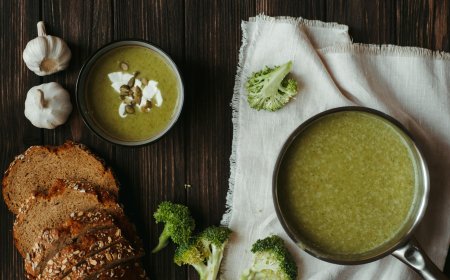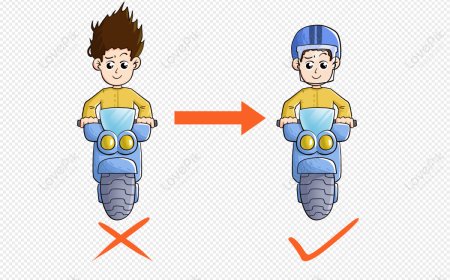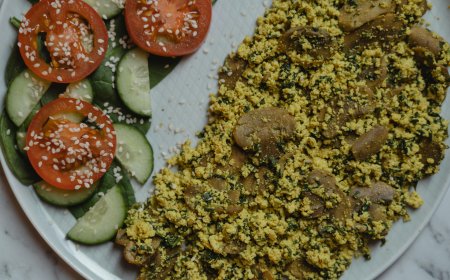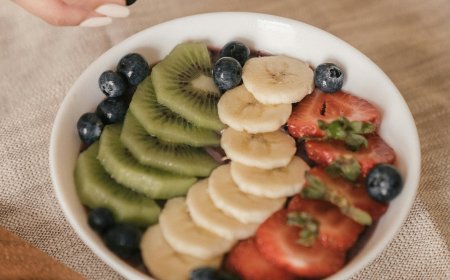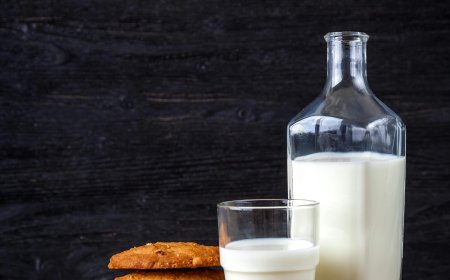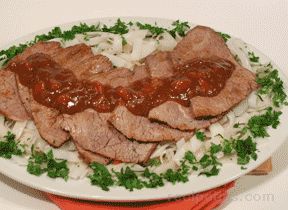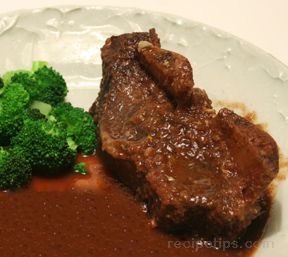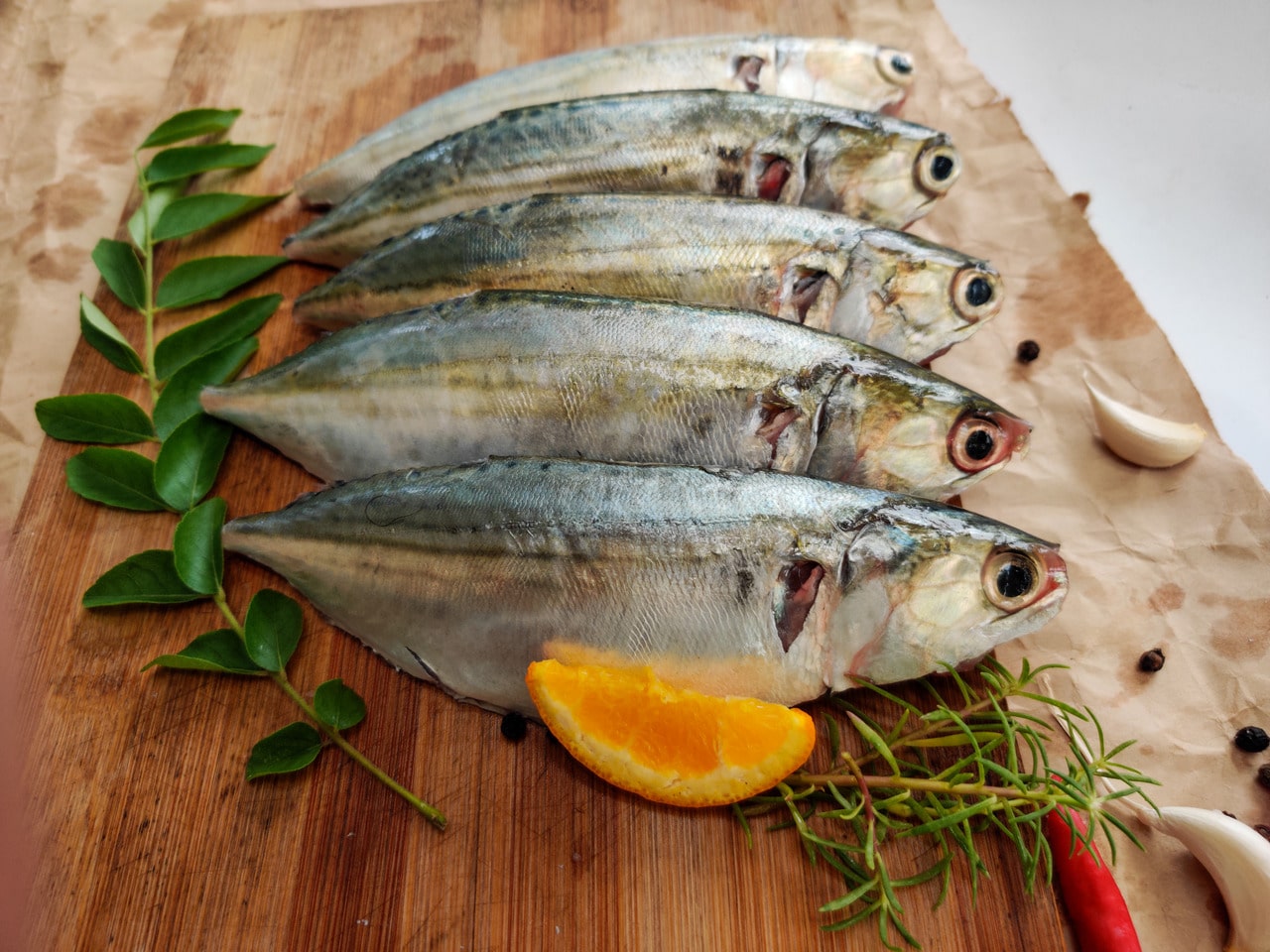Certainly! Let's dive deeper into each phase of the Dukan Diet:
1. Attack Phase:
The Attack Phase is designed to jumpstart weight loss by initiating a state of ketosis, where the body burns fat for fuel instead of carbohydrates. During this phase, dieters consume primarily lean protein sources, such as skinless poultry, fish, seafood, eggs, and tofu. These protein-rich foods provide essential amino acids for muscle maintenance and repair while keeping you feeling full and satisfied.
The Attack Phase typically lasts 2 to 7 days, depending on your weight loss goals and starting weight. It is characterized by strict adherence to protein-only meals, along with unlimited consumption of water, herbal tea, and zero-calorie beverages. This phase aims to minimize hunger and cravings while rapidly shedding excess water weight and kickstarting fat burning.
2. Cruise Phase:
After completing the Attack Phase, dieters transition to the Cruise Phase, which introduces non-starchy vegetables into the meal plan. This phase alternates between pure protein days and protein-and-vegetable days, providing greater dietary variety while still prioritizing lean proteins.
During protein-only days, dieters continue to consume lean protein sources as in the Attack Phase. On protein-and-vegetable days, they add non-starchy vegetables such as spinach, broccoli, lettuce, cucumbers, and bell peppers to their meals. This combination of protein and fiber-rich vegetables helps promote satiety, regulate bowel movements, and provide essential vitamins and minerals.
The Cruise Phase continues until the dieter reaches their target weight, with the duration determined by their weight loss goals and progress. It emphasizes the importance of consistency, portion control, and balanced nutrition for sustained weight loss.
3. Consolidation Phase:
In the Consolidation Phase, the focus shifts from weight loss to weight maintenance and establishing healthy eating habits for the long term. This phase aims to prevent rebound weight gain by gradually reintroducing previously restricted foods while still maintaining portion control and dietary discipline.
During the Consolidation Phase, dieters add starchy foods (such as whole grains and legumes), fruits, cheese, and small servings of celebration meals into their diet. Celebration meals allow for occasional indulgences while encouraging moderation and mindfulness.
The duration of the Consolidation Phase is calculated based on the amount of weight lost during the previous phases, with five days for every pound lost. This phase provides a transition period for the body to adjust to a more varied diet while minimizing the risk of regaining lost weight.
4. Stabilization Phase:
The Stabilization Phase marks the final stage of the Dukan Diet, focusing on maintaining weight loss and preventing regain. During this phase, there are no strict rules or restrictions, allowing individuals to enjoy a varied and balanced diet while staying mindful of their choices.
The key principles of the Stabilization Phase include regular physical activity, mindful eating, and lifelong habits that support overall health and well-being. Dieters are encouraged to continue monitoring their weight regularly and making adjustments to their diet and lifestyle as needed to maintain their desired weight.
The Stabilization Phase emphasizes the importance of finding a sustainable and balanced approach to weight management that fits individual preferences and lifestyle. It encourages long-term behavior change and empowers individuals to take control of their health and well-being for the future.
Certainly! Let's dive deeper into the various aspects of the Dukan Diet:
1. High-Protein Emphasis:
The Dukan Diet places a strong emphasis on high-protein foods, particularly during the initial phases. Protein-rich foods are known for their satiating effect, helping dieters feel fuller for longer periods and reducing overall calorie intake. Lean protein sources such as poultry, fish, seafood, eggs, tofu, and low-fat dairy are encouraged, as they provide essential amino acids for muscle maintenance and repair.
2. Low-Carb Approach:
In addition to prioritizing protein, the Dukan Diet advocates for a low-carbohydrate approach, especially in the early phases. By limiting carbohydrate intake, the diet aims to induce a state of ketosis, where the body burns stored fat for fuel instead of carbohydrates. This metabolic shift can lead to rapid weight loss, particularly in the form of water weight during the initial stages of the diet.
3. Flexibility and Personalization:
While the Dukan Diet provides a structured framework for weight loss, it also allows for flexibility and personalization based on individual preferences and dietary needs. Dieters have the freedom to choose from a variety of protein-rich foods and non-starchy vegetables, making it easier to adapt the diet to their tastes and lifestyle. Additionally, the diet encourages regular physical activity as part of a healthy lifestyle.
4. Long-Term Maintenance:
One of the key principles of the Dukan Diet is its focus on long-term weight maintenance and lifestyle habits. By gradually reintroducing previously restricted foods and promoting balanced eating habits, the diet aims to prevent rebound weight gain and support sustainable weight loss success. Regular self-monitoring, mindful eating, and healthy choices are encouraged to maintain results over time.
5. Considerations and Potential Drawbacks:
While the Dukan Diet can be effective for some individuals, it may not be suitable for everyone. The emphasis on high-protein, low-carb foods may not align with certain dietary preferences or medical conditions. Additionally, rapid weight loss during the initial phases of the diet may lead to temporary side effects such as fatigue, constipation, or bad breath. It's essential to consult with a healthcare professional before starting any new diet plan, especially if you have underlying health concerns or dietary restrictions.
In conclusion, the Dukan Diet offers a structured and systematic approach to weight loss and long-term weight management, emphasizing high-protein, low-carb foods and gradual reintroduction of previously restricted foods. While it may not be suitable for everyone, the diet provides a framework for achieving lasting results through balanced eating habits and healthy lifestyle choices. With dedication, discipline, and guidance from a healthcare professional, individuals can achieve their weight loss goals and maintain their success over tim

















